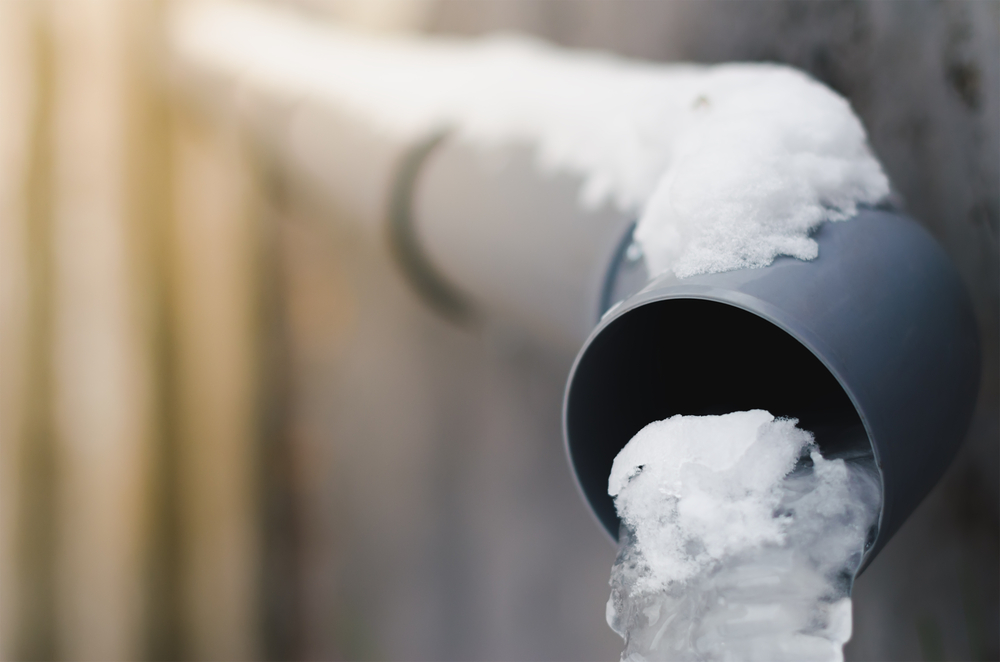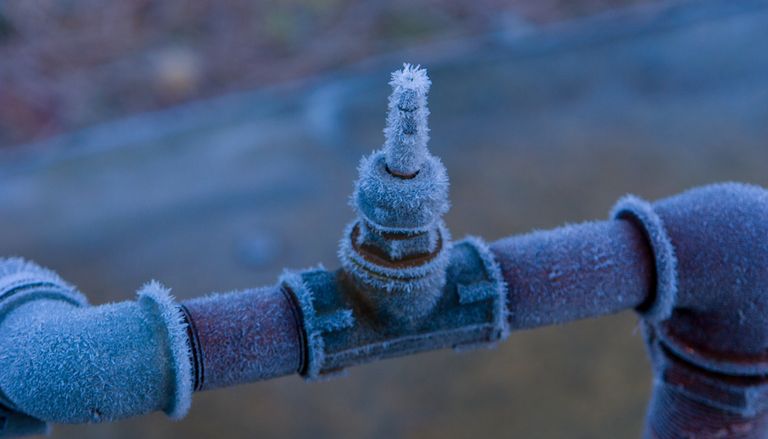Tips to Protect Your Plumbing from Freezing: Critical Tips
Tips to Protect Your Plumbing from Freezing: Critical Tips
Blog Article
What are your opinions with regards to 6 Ways to Prevent Frozen Pipes?

Cold weather can ruin your pipes, particularly by freezing pipelines. Right here's exactly how to prevent it from occurring and what to do if it does.
Intro
As temperature levels decrease, the danger of frozen pipes increases, potentially causing costly fixings and water damages. Comprehending exactly how to prevent icy pipelines is important for home owners in cool climates.
Avoidance Tips
Shielding at risk pipes
Wrap pipes in insulation sleeves or use warmth tape to shield them from freezing temperature levels. Focus on pipes in unheated or exterior areas of the home.
Home heating techniques
Maintain interior rooms effectively warmed, particularly areas with plumbing. Open cabinet doors to allow warm air to distribute around pipes under sinks.
Just how to identify frozen pipelines
Look for lowered water flow from faucets, unusual odors or noises from pipelines, and noticeable frost on exposed pipelines.
Long-Term Solutions
Architectural modifications
Consider rerouting pipes far from exterior walls or unheated locations. Include added insulation to attics, cellars, and crawl spaces.
Updating insulation
Invest in top quality insulation for pipelines, attic rooms, and walls. Proper insulation assists keep consistent temperature levels and lowers the threat of icy pipelines.
Protecting Outdoor Pipes
Yard hose pipes and exterior faucets
Separate and drain yard pipes before winter season. Set up frost-proof spigots or cover outside faucets with insulated caps.
Comprehending Icy Pipes
What creates pipelines to ice up?
Pipes ice up when exposed to temperatures listed below 32 ° F (0 ° C) for expanded periods. As water inside the pipes freezes, it expands, taxing the pipeline walls and potentially causing them to rupture.
Dangers and damages
Frozen pipelines can bring about water supply disturbances, building damages, and expensive repairs. Burst pipelines can flood homes and trigger comprehensive structural damage.
Indicators of Frozen Pipeline
Identifying icy pipes early can avoid them from bursting.
What to Do If Your Pipes Freeze
Immediate activities to take
If you suspect icy pipelines, maintain faucets open to alleviate stress as the ice melts. Utilize a hairdryer or towels soaked in hot water to thaw pipelines slowly.
Final thought
Stopping frozen pipelines requires positive procedures and fast responses. By recognizing the reasons, indications, and safety nets, home owners can shield their plumbing throughout winter.
5 Ways to Prevent Frozen Pipes
Drain Outdoor Faucets and Disconnect Hoses
First, close the shut-off valve that controls the flow of water in the pipe to your outdoor faucet. Then, head outside to disconnect and drain your hose and open the outdoor faucet to allow the water to completely drain out of the line. Turn off the faucet when done. Finally, head back to the shut-off valve and drain the remaining water inside the pipe into a bucket or container. Additionally, if you have a home irrigation system, you should consider hiring an expert to clear the system of water each year.
Insulate Pipes
One of the best and most cost-effective methods for preventing frozen water pipes is to wrap your pipes with insulation. This is especially important for areas in your home that aren’t exposed to heat, such as an attic. We suggest using foam sleeves, which can typically be found at your local hardware store.
Keep Heat Running at 65
Your pipes are located inside your walls, and the temperature there is much colder than the rest of the house. To prevent your pipes from freezing, The Insurance Information Institute suggests that you keep your home heated to at least 65 degrees, even when traveling. You may want to invest in smart devices that can keep an eye on the temperature in your home while you’re away.
Leave Water Dripping
Moving water — even a small trickle — can prevent ice from forming inside your pipes. When freezing temps are imminent, start a drip of water from all faucets that serve exposed pipes. Leaving a few faucets running will also help relieve pressure inside the pipes and help prevent a rupture if the water inside freezes.
Open Cupboard Doors
Warm your kitchen and bathroom pipes by opening cupboards and vanities. You should also leave your interior doors ajar to help warm air circulate evenly throughout your home.

We were made aware of that editorial on Winter Plumbing Precautions: Preventing Frozen Pipes from someone on another website. Enjoyed reading our write up? Please share it. Help another person find it. I thank you for your readership.
Book 24/7 Report this page